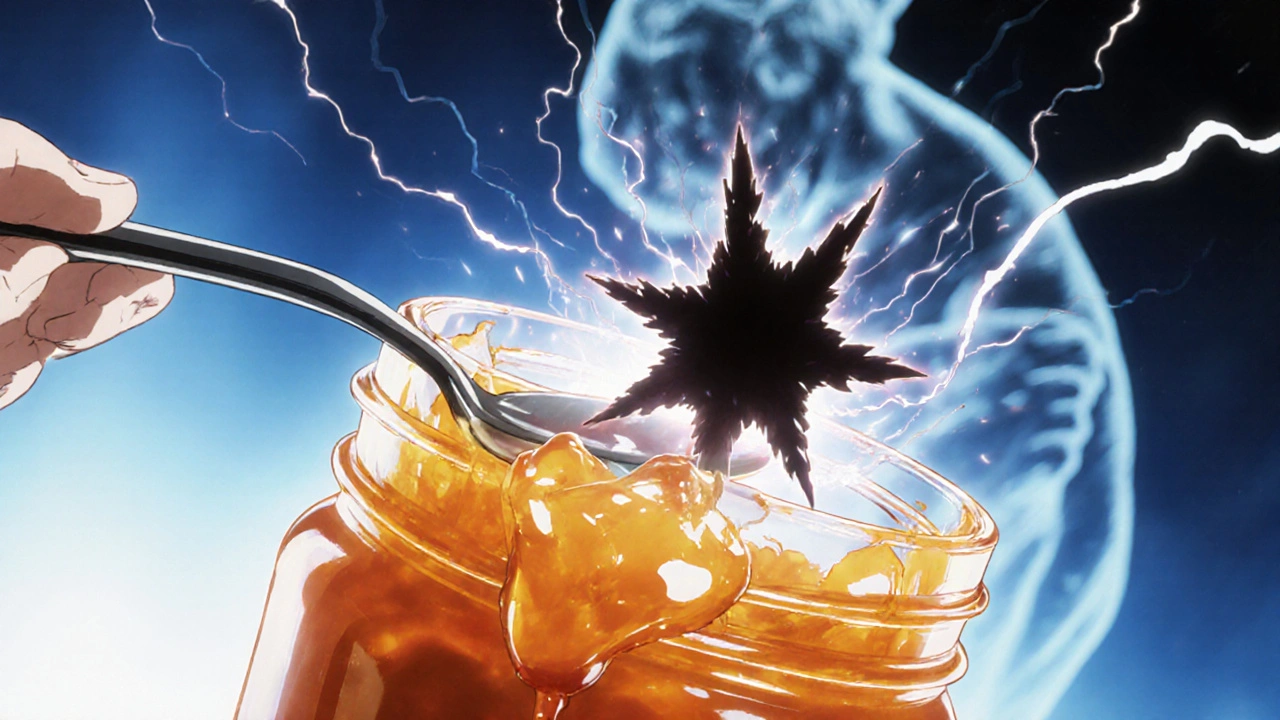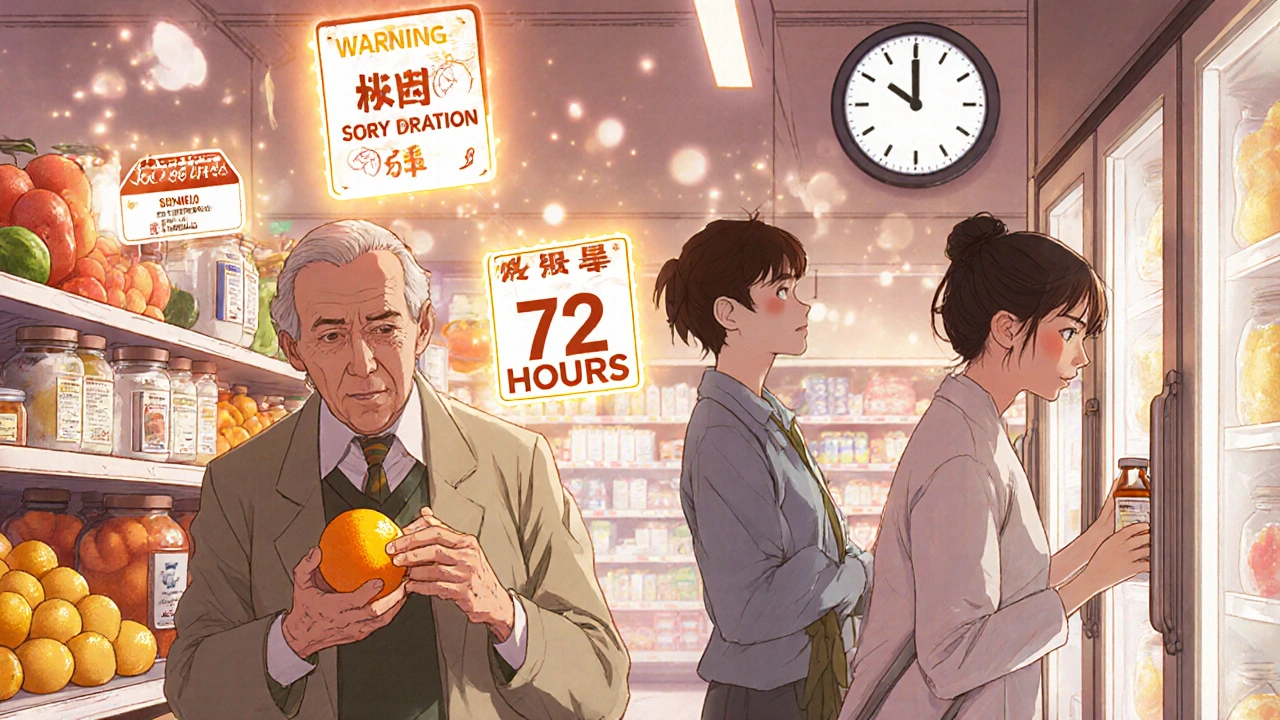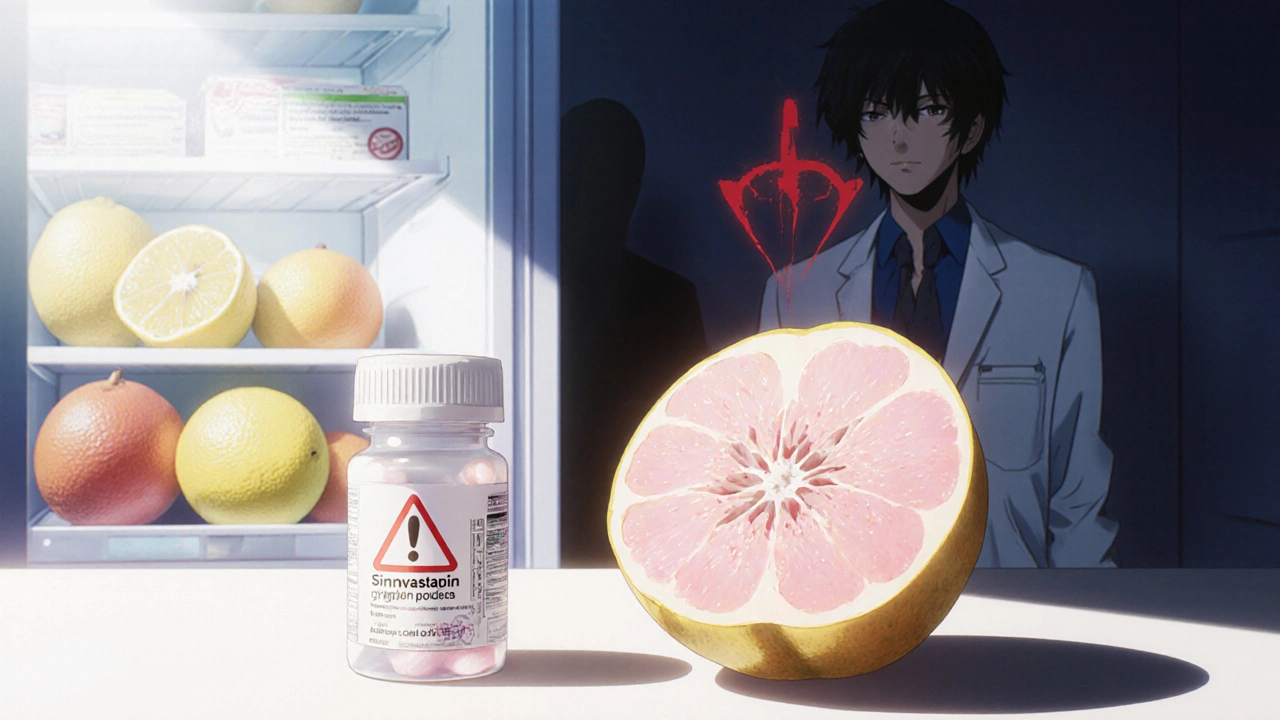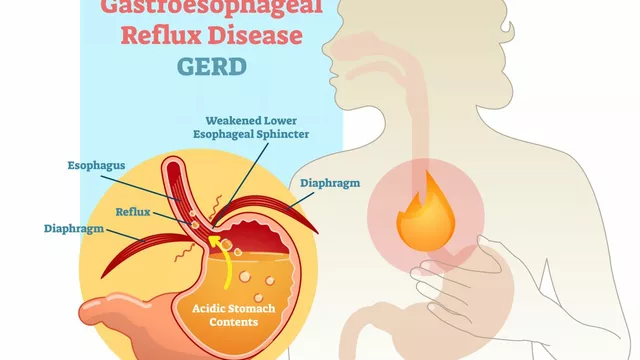Medication-Citrus Interaction Checker
Check Medication Safety
Enter your medication name to see if it interacts with pomelo, Seville orange, or other citrus fruits.
Most people know grapefruit can mess with their meds. But what about the big, pale pink fruit at the Asian market labeled "Chinese grapefruit"? Or the bitter orange marmalade your grandma swears by? Those are pomelo and Seville orange - and they’re just as dangerous as grapefruit when you’re on certain drugs.
You might think, "I don’t eat grapefruit, so I’m safe." But if you’ve had a slice of pomelo for breakfast or spread Seville orange marmalade on your toast, you could be risking serious side effects - even if you’ve never heard of these fruits before.
Why These Fruits Are More Dangerous Than You Think
Pomelo and Seville orange aren’t just "similar" to grapefruit. They’re worse. Chemical analysis shows pomelo contains up to 2.5 micromoles per liter of bergamottin - the main compound that shuts down drug metabolism - compared to grapefruit’s 2.0. Seville orange? Some strains hit 4.0 micromoles. That’s 100% more than grapefruit.
These fruits are packed with furanocoumarins, especially bergamottin and 6',7'-dihydroxybergamottin. These compounds don’t just slow down drug breakdown - they permanently disable the CYP3A4 enzyme in your gut. That enzyme normally breaks down over 50% of all prescription drugs before they enter your bloodstream. When it’s knocked out, your body absorbs way more of the drug than intended.
It’s not a one-time thing. One glass of pomelo juice can block CYP3A4 for up to 72 hours. That means even if you take your pill three days after eating pomelo, the risk is still there. Your body doesn’t regenerate these enzymes quickly. You’re not just avoiding grapefruit - you’re avoiding all citrus that tastes bitter or has thick, pithy rinds.
What Medications Are at Risk?
These fruits don’t play favorites. They target drugs that rely on CYP3A4 to be safely processed. The most common ones include:
- Statins like simvastatin and atorvastatin - eating pomelo can spike blood levels by 350%, leading to muscle damage, kidney failure, or rhabdomyolysis.
- Calcium channel blockers like amlodipine and felodipine - this can cause dangerously low blood pressure, dizziness, or fainting.
- Immunosuppressants like tacrolimus and cyclosporine - transplant patients have been hospitalized after eating Seville orange marmalade because their drug levels shot up 400%.
- Anti-anxiety drugs like buspirone and midazolam - increased sedation, confusion, or respiratory depression.
- Some antidepressants and antiarrhythmics - including quinidine and amiodarone.
Here’s the kicker: these interactions aren’t rare. Between 2015 and 2022, the FDA recorded over 200 adverse events linked to pomelo and Seville orange. Nearly half involved statins or immunosuppressants. And most patients had no idea these fruits were dangerous.
Why Nobody Warns You
Most drug labels only mention grapefruit. That’s it. A 2022 FDA review found only 37% of pomelo and Seville orange products carry any interaction warning - compared to 78% for grapefruit. Pharmacists? Only 42% routinely ask patients about these fruits. Doctors? Even fewer.
Patients report the same thing over and over: "No one told me." One Reddit user shared how their dad ended up in the ICU after eating pomelo daily with simvastatin. He didn’t know it was a problem. His doctor never mentioned it. The pharmacy label didn’t say a word.
Seville orange marmalade is especially sneaky. People think it’s just "a sweet spread." But the peel - the part used in traditional marmalade - is loaded with furanocoumarins. One case report described a kidney transplant patient who developed acute kidney failure after eating two tablespoons of Seville orange marmalade every morning for three weeks. His tacrolimus levels were off the charts.

What You Should Do
If you take any of the medications listed above, here’s what actually works:
- Stop eating pomelo and Seville orange entirely. Not "sometimes." Not "if I eat it a week before my pill." No. Zero. These fruits aren’t like caffeine - you can’t time it safely.
- Check your marmalade. If it says "bitter orange" or "Seville orange," throw it out. Sweet orange marmalade (made from Valencia oranges) is fine.
- Ask your pharmacist. Don’t assume they know. Say: "I’ve heard pomelo and Seville orange can interact with my meds. Are mine on the list?"
- Switch to sweet oranges. Valencia, navel, or blood oranges don’t contain furanocoumarins. They’re safe. A 2022 Mayo Clinic survey found 82% of patients who made the switch had no issues.
- Wait 72 hours. If you accidentally ate pomelo, wait three full days before taking your medication. Don’t guess. Don’t hope. Wait.
And if you’re a caregiver? Don’t assume your loved one knows. If they’re on statins or immunosuppressants, check their fridge. Look for big, rough-skinned citrus fruits. Ask about marmalade. This isn’t just about diet - it’s about survival.
What’s Changing - And What’s Not
The FDA is finally catching up. In 2023, they proposed expanding warning labels to include all furanocoumarin-containing citrus fruits. The rule is expected to take effect by mid-2025. But until then, you’re on your own.
Meanwhile, research is moving fast. A $2.1 million NIH study launched in September 2023 is now tracking how pomelo affects over 200 medications in real-world patients. Early data suggests the risk is even higher than we thought - especially for older adults and those with liver or kidney issues.
But here’s the problem: awareness hasn’t kept up. Global pomelo consumption has jumped 50% since 2015. More people are eating it - and more are on statins and immunosuppressants. The mismatch is dangerous.

Real Stories, Real Risks
One 68-year-old woman in Ohio was on simvastatin for high cholesterol. She loved pomelo - ate it every morning. She didn’t think it was a big deal. After two weeks, she woke up with severe muscle pain and dark urine. She was rushed to the hospital with rhabdomyolysis. Her creatine kinase levels were 10 times normal. She spent six days in ICU.
She didn’t know pomelo was the culprit. Her doctor didn’t ask. Her pharmacist didn’t warn her. The bottle said nothing about it.
Another case: a 52-year-old man who had a heart transplant. He ate Seville orange marmalade on his toast every day for years. His tacrolimus levels were stable - until they weren’t. He developed tremors, kidney failure, and seizures. His drug level was 400% above safe limits. He survived, but his kidney function never fully recovered.
These aren’t outliers. They’re preventable.
What You Can Do Today
Here’s your action plan:
- Open your medicine cabinet. Look at your prescriptions. If you’re on a statin, blood pressure med, or transplant drug - stop eating pomelo and Seville orange now.
- Go to your fridge. Check for citrus with thick, bumpy skin and pale pink or yellow flesh. If you’re unsure, toss it.
- Call your pharmacy. Ask: "Do any of my medications interact with pomelo or Seville orange?"
- Replace them with sweet oranges, tangerines, or mandarins. They’re safe.
- Teach someone else. If your parent, sibling, or friend takes meds, tell them. This isn’t common knowledge - and it should be.
You don’t need to give up citrus. You just need to know which ones are safe. And if you’re on one of these drugs, pomelo and Seville orange aren’t just fruit - they’re silent risks. Don’t wait for a warning label. Don’t wait for your doctor to ask. Act now.
Can I eat regular oranges if I’m on medication?
Yes. Sweet oranges like Valencia, navel, or blood oranges do not contain furanocoumarins and are safe to eat with most medications. They’re a great alternative to grapefruit, pomelo, or Seville orange.
Is pomelo the same as grapefruit?
No - pomelo is larger, less acidic, and has thicker skin. But chemically, it’s more dangerous. It contains higher levels of furanocoumarins than grapefruit, meaning it can cause stronger drug interactions. Don’t assume it’s safer just because it tastes milder.
Does cooking destroy the interaction compounds?
No. Furanocoumarins are heat-stable. Boiling, baking, or making marmalade won’t reduce the risk. Even concentrated forms - like Seville orange peel in jam - are more potent than fresh juice.
How long do the effects last after eating pomelo?
Up to 72 hours. The compounds permanently disable CYP3A4 enzymes in your gut, and your body takes three days to replace them. So even if you ate pomelo two days ago, your medication is still at risk.
What if I accidentally ate pomelo? Should I skip my pill?
Don’t skip your medication without talking to your doctor. Instead, wait 72 hours before taking your next dose - then resume as usual. Contact your pharmacist or provider immediately if you’re on a critical drug like tacrolimus or a statin.
Are there any citrus fruits that are completely safe?
Yes. Sweet oranges (Valencia, navel), tangerines, mandarins, and clementines are safe. Lemons and limes have very low levels of furanocoumarins and are generally considered low-risk - but check with your pharmacist if you’re on a sensitive medication.
Why don’t drug labels mention pomelo and Seville orange?
Most labels were written before research on these fruits became widespread. The FDA only began updating guidance in 2022, and full labeling changes aren’t required until 2025. Until then, you need to ask - don’t assume.





I ate pomelo every morning for years with my statin. Never knew. Now I’m scared to even look at citrus. Thanks for the wake-up call.
This is wild. I thought grapefruit was the only one. My grandma’s marmalade is Seville orange. I’m throwing it out today.
Look, I get it. People think if it’s not grapefruit it’s safe. But this isn’t just about fruit-it’s about how lazy the system is. Labels don’t update. Pharmacists don’t ask. Doctors assume you know. You have to be your own advocate. Stop waiting for permission to protect yourself.
I find it deeply irresponsible that pharmaceutical companies and regulatory bodies continue to ignore this. People are dying because of outdated labeling and a complete lack of public education. This is not a dietary oversight-it is a systemic failure.
In India, we use bitter orange in pickles and chutneys. Never heard this could be dangerous. I will check my medicines now. Thank you for sharing.
As a caregiver for my mother on tacrolimus, I never considered marmalade. I will immediately check her pantry and replace it with sweet orange jam. This information could save her life.
Just shared this with my entire family. 🚨 If you’re on statins, blood pressure meds, or transplant drugs - stop eating anything that looks like a giant grapefruit or tastes bitter. Sweet oranges = ✅. Pomelo/Seville = 🚫. Save yourself the ICU.
I just looked at my marmalade jar. Yep. Seville orange. Tossed it. Also called my pharmacist. They said they never get asked about this. Crazy.
I’m the author of this post. Thanks for taking this seriously. I’ve seen too many people get hurt because no one told them. You’re not overreacting. You’re being smart.